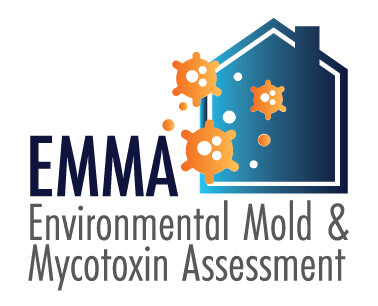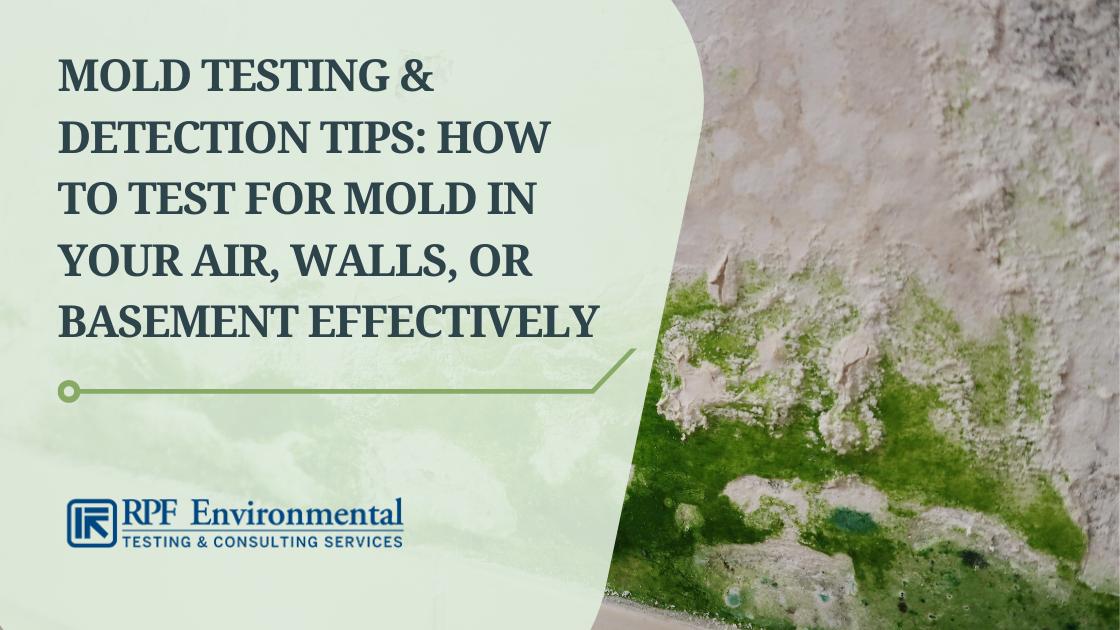How Mycotoxin testing Services Can Guard Your Products
How Mycotoxin testing Services Can Guard Your Products
Blog Article
How Mycotoxin Testing Helps Stop Contamination and Guard Food Supplies

Mycotoxin screening is an important technique in the food industry, serving as a frontline defense versus contamination by hazardous toxic substances generated by molds. With the application of innovative strategies like High-Performance Liquid Chromatography (HPLC) and Liquid Chromatography-Mass Spectrometry (LC-MS), food producers can properly measure and identify mycotoxin levels in agricultural products.
Recognizing Mycotoxins
Recognizing mycotoxins starts with recognizing that they are toxic secondary metabolites produced by certain molds, which can contaminate farming products. These metabolites are not vital for the growth or reproduction of the fungi but can have severe implications for animal and human wellness. Mycotoxins are generally found in staple crops such as corn, wheat, barley, and nuts, where they can multiply under details problems of wetness and temperature.
There are a number of types of mycotoxins, each created by different fungal varieties. Fusarium types produce fumonisins and trichothecenes, both of which are connected with numerous intense and persistent health concerns.

Threats of Mycotoxin Contamination
The dangers of mycotoxin contamination are complex, positioning substantial dangers to both food safety and public health and wellness. Mycotoxins, toxic substances produced by particular types of fungis, can infect a large range of farming items including grains, nuts, spices, dried out fruits, and coffee.
Financial effects are an additional major problem. Polluted plants can result in considerable economic losses for farmers and food producers because of reduced yields and the demand for costly decontamination procedures. Furthermore, worldwide profession can be significantly impeded as nations enforce stringent mycotoxin laws to protect their populations, leading to turned down deliveries and stretched trade connections.
Ecological variables such as climate change intensify the danger of mycotoxin contamination. Variants in temperature level and moisture can develop favorable conditions for fungal growth, increasing the possibility of contamination events. Thus, understanding and mitigating these risks are important for making sure the safety and security and stability of international food materials.
Techniques of Mycotoxin Checking
Precisely determining mycotoxin contamination in agricultural items is crucial for safeguarding public wellness and keeping food safety and security requirements. Different techniques are employed to spot and quantify mycotoxins, each offering details advantages and limitations.
High-Performance Fluid Chromatography (HPLC) is an extensively utilized technique due to its high level of sensitivity and accuracy. It includes separating mycotoxins from various other materials in a sample, making it possible for exact quantification. Similarly, Fluid Chromatography-Mass Spectrometry (LC-MS) incorporates liquid chromatography with mass hop over to these guys spectrometry to provide thorough molecular details, making it especially useful for identifying multiple mycotoxins simultaneously - Mycotoxin testing Services.

Gas Chromatography-Mass Spectrometry (GC-MS) and Thin-Layer Chromatography (TENDER LOVING CARE) are likewise used, each with one-of-a-kind applications. GC-MS is effective for unpredictable mycotoxins, while tender loving care offers an easier, cost-effective option for preliminary screening.
Benefits of Regular Testing
Normal screening for mycotoxins in farming products supplies various advantages, considerably adding to public health and wellness and food security. look at these guys By determining contamination early, routine screening aids avoid the circulation of harmful foods, thereby lowering the threat of mycotoxin-related ailments among customers. This positive technique not just safeguards human wellness but likewise boosts the general quality of food supplies.
Different countries and regions have actually developed rigorous limits for mycotoxin degrees in food and feed. Sticking to these restrictions through routine testing ensures that manufacturers and suppliers fulfill lawful criteria, thereby staying clear of penalties and profession obstacles.
In addition, routine mycotoxin testing can cause significant economic advantages. Early detection of contamination enables timely intervention, lowering potential losses from widespread contamination. Carrying out routine testing protocols can likewise decrease recall prices and relevant responsibilities, which can be economically devastating.
In addition, regular screening offers important information that can inform much better farming techniques and storage space problems. By recognizing patterns of contamination, producers can take on preventive measures, thus reducing future threats and adding to the sustainability of the food supply chain.
Implementing Examining Procedures
Executing effective go mycotoxin screening procedures is crucial for ensuring the security and top quality of agricultural items. Establishing a robust testing framework entails multiple crucial steps, starting with the recognition of potential contamination points within the production and supply chain. This includes pre-harvest, post-harvest, storage, and distribution phases. Each stage should be inspected to pinpoint where mycotoxin contamination is most likely to occur.
As soon as crucial control factors are identified, selecting suitable testing approaches is essential. Usual techniques consist of enzyme-linked immunosorbent assay (ELISA), high-performance liquid chromatography (HPLC), and mass spectrometry (MS) Each technique has its weaknesses and toughness; therefore, choosing the correct one depends upon the details mycotoxin being examined, the required level of sensitivity, and available resources.

Finally, integrating the testing protocols right into an extensive food security management system is recommended. This improves traceability and allows speedy rehabilitative actions when contamination is spotted, consequently protecting the integrity of the food supply chain.
Final Thought
Mycotoxin testing is vital in stopping contamination and protecting food products by enabling early discovery of hazardous contaminants created by mold and mildews in agricultural items. Regular testing boosts brand online reputation, economic security, and depend on in food safety by lessening contamination-related losses and preserving high standards in food manufacturing.
Mycotoxin testing is an important method in the food market, offering as a frontline defense versus contamination by hazardous toxic substances generated by molds. An incorporated approach including agricultural techniques, storage space monitoring, and normal screening can minimize the risks associated with mycotoxin contamination, ensuring food safety and security and public health and wellness.
The dangers of mycotoxin contamination are complex, positioning considerable threats to both food safety and security and public health and wellness.Normal screening for mycotoxins in agricultural products uses numerous advantages, substantially adding to public health and food security.Mycotoxin screening is crucial in protecting against contamination and guarding food supplies by allowing early discovery of harmful toxic substances generated by mold and mildews in agricultural items.
Report this page